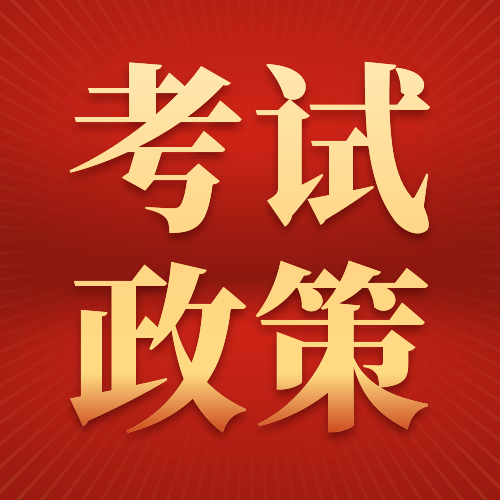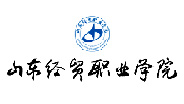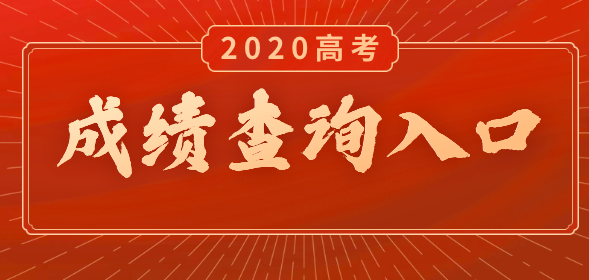2010下半年北京成人英语三级考试真题(B卷)
2011/4/1 14:56:00 中国114招生网江西站 【大 中 小】
Part I Reading Comprehension (30%)
Directions: There are three passages in this part. Each passage is followed by some questions or unfinished statements. For each of them there are four choices marked A, B, C and D. You should decide on the best choice and blacken the corresponding letter on the Answer Sheet。
Passage 1
Questions 1 to 5 are based on the following passage:
Breastfeeding(母乳喂养) for a month or longer appears to reduce a woman’s risk of getting diabetes(糖尿病) later in life, according to a new study. The breastfeeding and diabetes link has been reported in other studies, according to researcher Eleanor Schwarz. Yet, her study makes the link easier to believe. Her study is published in a journal of medicine in America. Schwarz and her colleagues looked at data about breastfeeding practices. They evaluated data on 2,233 women from California. Of those, 405were not mothers, 1,125 were mothers who breastfed for at least a month, and 703 were mothers who had never breastfed. They were 40 to 78 years old。
According to Schwarz’s study, the risk of getting a diagnosis(诊断) of Type 2 diabetes for women who breastfed all their children for a month or longer was similar to that of women who had not given birth. But mothers who had never breastfed were nearly twice as likely to develop diabetes as women who had never given birth. Mothers who never breastfed were about 1.4 times as likely to develop diabetes as women who breastfed for one to three months, Schwarz found。
While one month of breastfeeding appears to make a difference, Schwarz says, even longer is better. (76)“Previous studies have shown the longer the mom breastfeeds, the more benefit for her body。” Many experts recommend breastfeeding for six months and continuing for a year, she says。
The diabetes-breastfeeding link is probably explained by belly fat. Mothers, who don’t breastfeed, as they get older, may have more belly fat, as breastfeeding helps new mothers take off weight. “Belly fat increases the risk of diabetes as you get older,” she says。
The finding isn’t surprising at all, says Kimberly Gregory. She often gives advice to women who get diabetes (occurring during pregnancy(怀孕) that they are at risk for later getting Type 2 diabetes and suggests they breastfeed. The new findings will probably inspire Gregory to add to the advice she gives moms-to-be about the benefits of breastfeeding. She often focuses on the benefits to the baby。
1. According to the first paragraph, which of the following statements is TRUE?
A. About two thousand and two hundred old women took part in the study。
B. Eleanor Schwarz’s research program was about men and women who suffered from diabetes。
C. Over one fifths of the women never got married。
D. Eleanor Schwarz’s results seem more reliable。
2. According to Schwarz’s findings, who are more likely to get diabetes later in life?
A. Those mothers who had never breastfed。
B. Those mothers who never gave birth。
C. Those mothers who breastfed for a month。
D. Those mothers who breastfed for six months。
3. Which of the following statements would Schwarz agree with?
A. Breastfeeding is not advisable because it is not good for a mom to keep a good shape。
B. Breastfeeding can greatly reduce a mother’s chances of getting all kinds of serious disease。
C. Breastfeeding for a month is highly recommended: the longer, the better。
D. Breastfeeding for a month or longer makes babies smarter。
4. What does the author mean by “moms-to-be” in the last paragraph?
A. Women who are pregnant, especially for the first time。
B. Women who dream of having babies for the first time。
C. Women who already have children。
D. Women who have just got babies for the first time。
5. Which of the following is an appropriate title for this passage?
A. Breastfeeding May Enhance Babies’ Chances of Survival
B. Breastfeeding May Lower Moms’ Diabetes Risk
C. Breastfeeding May Become Very Fashionable in Near Future
D. Breastfeeding May Help Women Lose Weight。
Passage 2
Questions 6 to 10are based on the following passage:
Archaeology, like many academic words, comes from Greek and means, more or less, “the study of old things”. So, it is really a part of the study of history. However, most historians use paper evidence, such as letters, paintings and photographs, but archaeologists(考古学家)learn from the objects left behind by the humans of long ago. Normally, these are the hard materials that don’t break down or disappear very quickly—things like human bones and objects made from stone and metal。
It is very unusual to find anything more than the hard evidence of history—normally, the bacteria(细菌)in the air eat away at soft materials, like bodies, clothes and things made of wood. Occasionally, things are different。
In 1984,two men made an amazing discovery while working in a bog called Lindow Moss, in the north of England. A bog is a very wet area of earth, with a lot of plants growing in it. It can be like a very big and very thick vegetable soup—walk in the wrong place and you can sink and disappear forever. The men were working when one of them saw something sticking out—a human foot! Naturally, the men called the police, who then found the rest of the body. Was it a case of murder? Possibly—buy it was a death nearly two thousand years old. The two men had found a body from the time of the Roman invasion of Britain. Despite being so old, this body had skin, muscles, hair and internal organs—the scientists who examined him were able to look inside the man’s stomach and find the food that he had eaten for his last meal!
Why was this man so well preserved? (77)It was because he was in a very watery environment, safe from the bacteria that need oxygen to live. Also, the water in the bog was very acidic. The acid preserved the man’s skin in the way that animal skin is preserved for leather coats and shoes。
How did he die? Understandably, archaeologists and other scientists wanted to know more about the person that they called, “Lindow Man”. (78) His hands and fingernails suggested that he hadn’t done heavy manual work in this life—he could have been a rich man. They found that he hadn’t died by accident. The archaeologists believe that he was sacrificed to three different gods。
6. Which language does the word “archaeology” com from?
A. French. B. Greek C. Roman. D. German。
7. The word “these” in the first paragraph refers to _____。
A. letters B. photographs C. paintings D. objects
8. Which of the following helped to preserve “Lindow Man”?
A. Ice and low temperature. B. Bacteria and oxygen。
C. Soil and energy. D. Acid and water。
9. According to the passage, which of the following statements is TRUE?
A. “Lindow Man” was named after the person who first found him。
B. Historians usually use paper evidence, while archaeologists use hard evidence。
C. “Lindow Man” was found by two archaeologists in the south of England。
D. “Lindow Man” was good at manual work。
10. Which is the best title for the passage?
A. What Is Archaeology?
B. Archaeology and History
C. An Amazing Archaeological Discovery
D. The Death of “Lindow Man”
版权所有 © 北京网库信息技术股份有限公司 | 江西114招生网 –江西招生考试信息网,江西高考政策,江西高校推荐,江西自考成考
地址:北京市东城区胜古中路1号蓝宝商务大厦402 邮编:100029
电话:010-80788512 传真:010-80788512
ICP备案号:京ICP备12024748号 技术支持:中国网库[
42.96875]








